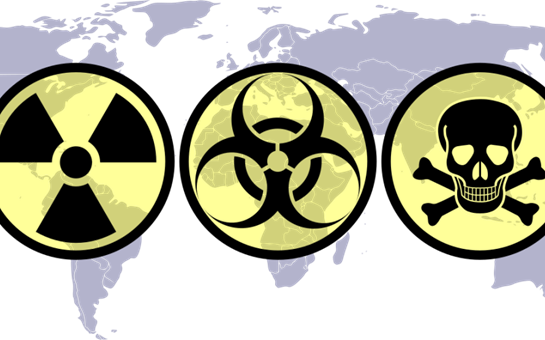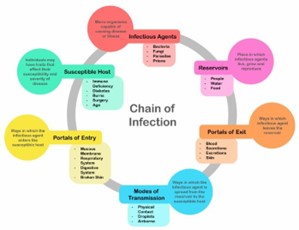A nurse is working with a community health care team to devise strategies for preventing violence in the community.
Which of the following interventions is an example of tertiary prevention?
Presenting community education programs about stress management
Developing resources for victims of abuse
Urging community leaders to make nonviolence a priority
Assessing for risk factors of intimate partner abuse during health examinations
The Correct Answer is B
The nurse should identify option B, "Developing resources for victims of abuse," as an example of tertiary prevention. This intervention focuses on reducing the impact of a disease or injury that has already occurred. In this case, the focus is on providing support and resources for victims of abuse to help them recover from the effects of the violence.
Option A is a primary prevention activity, as it focuses on preventing the development of complications through early intervention and education.
Option C is a combination of primary and secondary prevention, as it focuses on preventing violence from occurring and addressing it early if it does occur.
Option D is a secondary prevention activity, as it focuses on early identification and intervention to prevent further harm or complications related to intimate partner abuse.

Nursing Test Bank
Naxlex Comprehensive Predictor Exams
Related Questions
Correct Answer is C
Explanation
Personal protective equipment should be used to prevent the spread of a suspected bioterrorism-related illness to others. The nurse should also contact the appropriate authorities, such as the local health department or Centers for Disease Control and Prevention (CDC), for guidance on how to proceed.
Option a, moving the client to a quarantine area, is not appropriate without guidance from the appropriate authorities.
Option b, reporting the client's condition to the Federal Bureau of Investigation, is not appropriate as the nurse should report the condition to the appropriate public health authorities, such as the local health department or CDC.
Option d, disinfecting contaminated areas of skin with isopropyl alcohol, is not appropriate as this action does not provide adequate protection against a bioterrorism-related illness.

Correct Answer is B
Explanation
Gonorrhoea is a sexually transmited infection (STI) that is reportable to the Centers for Disease Control and Prevention (CDC) in the United States. Reporting of cases of gonorrhoea helps public health officials monitor the spread of the disease and implement measures to prevent its transmission.
Genital herpes simplex virus (A), bacterial vaginosis (C), and human papillomavirus (D) are also STIs, but they are not reportable to the CDC. However, it is still important for healthcare providers to diagnose and treat these conditions appropriately to prevent complications and reduce the risk of transmission.

Whether you are a student looking to ace your exams or a practicing nurse seeking to enhance your expertise , our nursing education contents will empower you with the confidence and competence to make a difference in the lives of patients and become a respected leader in the healthcare field.
Visit Naxlex, invest in your future and unlock endless possibilities with our unparalleled nursing education contents today
Report Wrong Answer on the Current Question
Do you disagree with the answer? If yes, what is your expected answer? Explain.
Kindly be descriptive with the issue you are facing.
